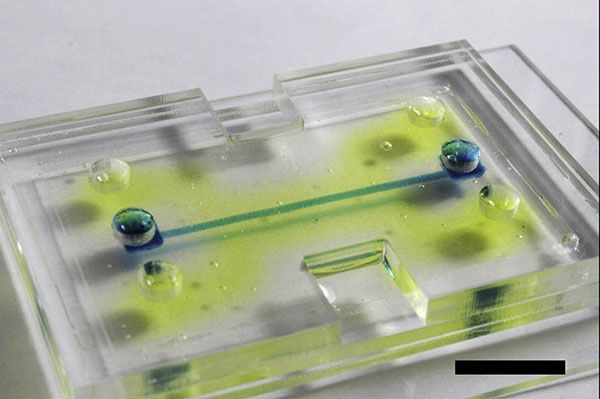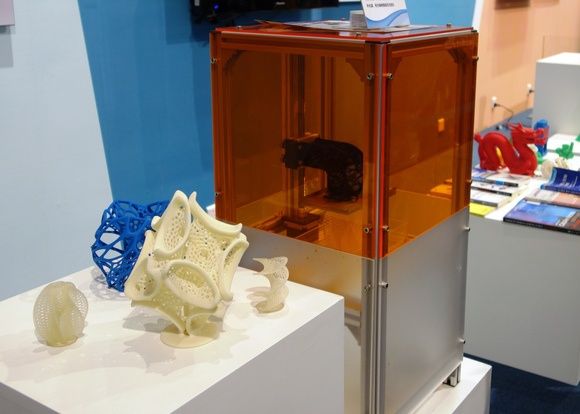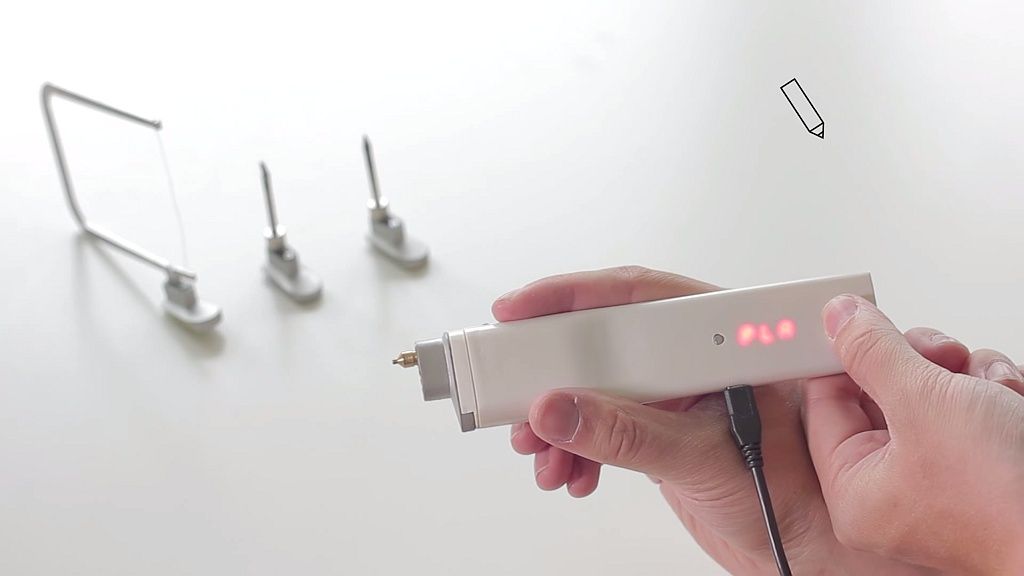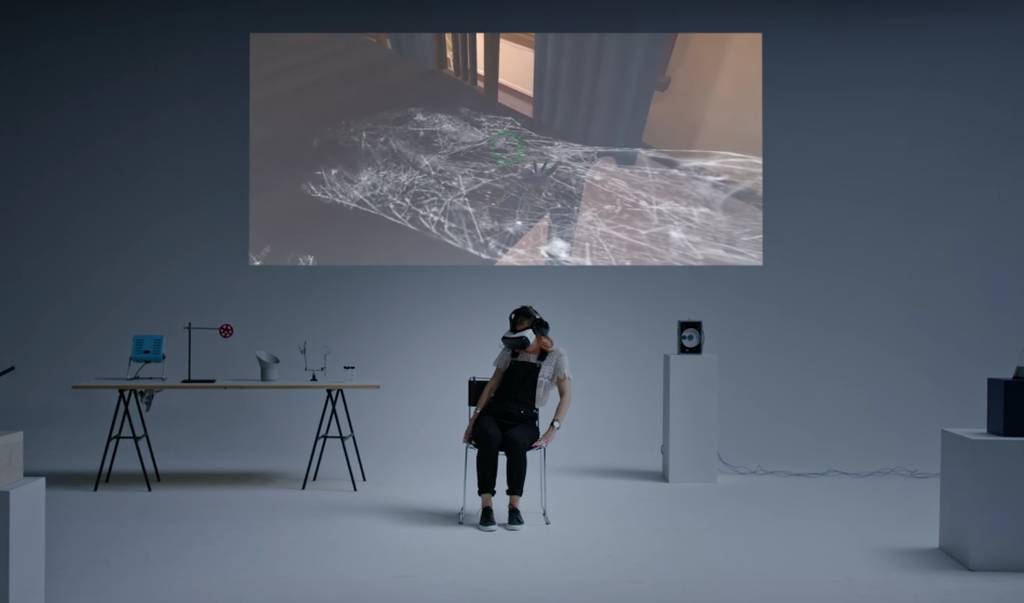Jul 12, 2016
Why is Bitcoin Capped at 21M units?
Posted by Philip Raymond in categories: bitcoin, cryptocurrencies, economics, government, transparency
I was asked this at Quora.com, where I answer questions under the pen name, ‘Ellery’. But the query deserves a companion question, and so I approached the reply by answering two questions.
You might have asked “Why was Bitcoin designed to have a cap?” But, instead, you asked “Why is the cap set at 21 million bitcoins”. Let’s explore both questions starting with the choice of a circulation cap…
Why set the cap at 21 million BTC?
The choice of a cap number is arbitrary and in fact, it could be 1 or it could be 1 hundred trillion. It makes no difference at all and it has no effect on the economy—even if Bitcoin were to be adopted as a currency all over the world. If it were set to 1 BTC, we would simply discuss nano-BTC instead of 1 BTC for amounts of about $650.
















